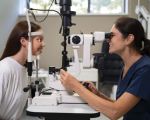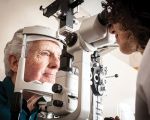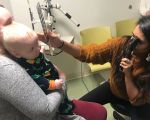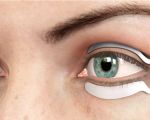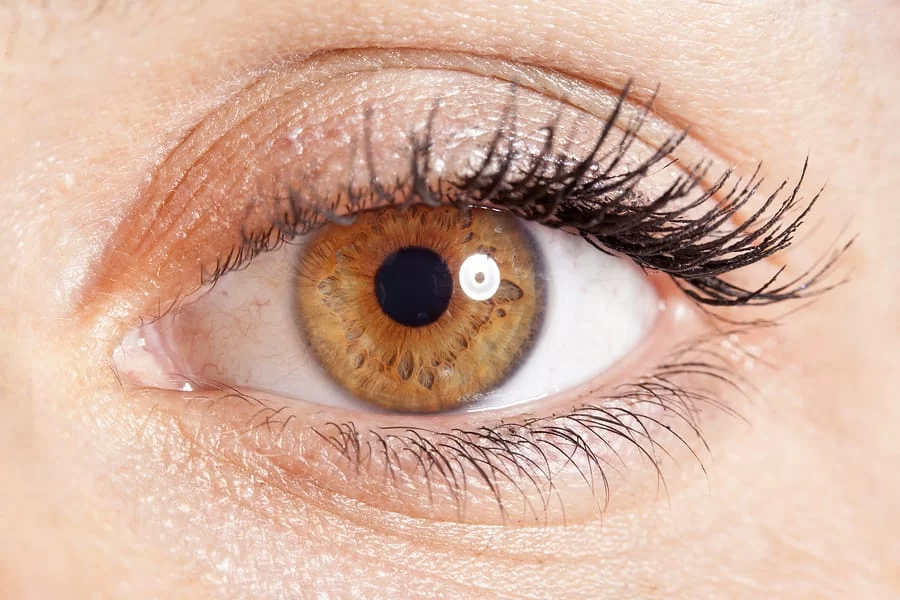
Top Eye Care Tips for Drivers in the US to Improve Your Vision and Safety
As a driver, your vision is your most essential tool. Whether you're navigating busy highways or cruising through serene streets, clear and healthy eyesight ensures that you're aware of your surroundings, react quickly to obstacles, and drive with confidence. However, taking care of your eyes goes beyond simply getting an annual eye exam. There are practical steps every driver can take to protect their eyes and improve their vision for safer driving. Let me share some of the best tips I've learned over the years.
1. Regular Eye Exams: The Foundation of Eye Health
One of the most crucial steps you can take as a driver is to schedule regular eye exams. When I first started driving, I didn't realize the impact of poor vision on my driving performance until I experienced difficulty reading road signs at night. Getting an eye exam every two years—or as recommended by your optometrist—can help detect any vision issues like nearsightedness, farsightedness, or astigmatism early. This way, you can avoid surprises that could affect your safety on the road.
For those who are already dealing with vision problems, regular check-ups can also track changes and ensure your prescription stays up-to-date. It's surprising how much clearer your driving experience can be when your glasses or contact lenses are properly prescribed!
2. Protect Your Eyes from UV Damage
Many people overlook the damage UV rays can do to the eyes, but I learned firsthand how important it is to protect your eyes from the sun. Prolonged exposure to ultraviolet (UV) radiation can increase the risk of cataracts, macular degeneration, and even eye cancer. This is why investing in a quality pair of sunglasses with 100% UV protection is a must for every driver.
Whenever I'm driving, I make sure to wear sunglasses to shield my eyes from harmful UV rays, especially on bright sunny days. Even during cloudy weather, UV rays can still affect your eyes, so it's important not to skip this step. Polarized lenses are also helpful because they reduce glare from the road or water, making it easier to see and reducing eye strain.
3. Keep Your Car’s Windshield Clean
It may seem simple, but a clean windshield can make a huge difference in your visibility while driving. When I was driving through rain one night, I noticed how much harder it was to see due to streaks on my windshield. I realized that not only did my wipers need to be replaced, but I also needed to regularly clean the windshield both inside and out.
Dust, dirt, and streaks can distort your vision, especially at night or in bright sunlight. Make it a habit to clean your windshield regularly. If you suffer from dry eyes, this will also prevent your eyes from becoming irritated as they try to focus through dirty glass. If you're planning to drive at night, be sure your headlights are working properly as well.
4. Stay Hydrated to Avoid Dry Eyes
Dry eyes are a common problem, especially for those who spend long hours on the road. I experienced this personally during long road trips, when my eyes would feel tired and gritty, making it hard to focus on the road. The culprit? Dehydration! Our eyes need moisture to stay comfortable and healthy. Keeping a water bottle in the car and taking regular sips can help prevent dry eyes and irritation.
If you often experience dry eyes, using lubricating eye drops can also provide relief. However, staying hydrated is your first line of defense. Additionally, be mindful of air conditioning and heating systems in your car, as they can dry out the air and exacerbate the issue.
5. Proper Lighting Inside the Car
Driving at night presents its own set of challenges, and lighting plays a significant role in how well you can see. I once found myself squinting while driving at night because the overhead light inside my car was too bright and reflected off the windshield, making it difficult to see the road clearly. It was a simple fix—adjusting the interior lighting—but it made a world of difference!
For night driving, I recommend keeping your car's interior lights dim. You should also avoid looking directly at bright lights from oncoming cars. Instead, focus on the road ahead to keep your vision clear. A clean dashboard and properly aligned rearview mirrors can also help reduce distractions and improve visibility.
6. Blink More Often to Reduce Eye Strain
When we're concentrating on the road, it's easy to forget to blink regularly, which can lead to eye strain. I realized this after a long stretch of highway driving when my eyes felt sore and tired. Blinking helps spread moisture across the surface of your eyes, reducing dryness and irritation.
If you're driving for long periods, take breaks to rest your eyes. Every 20 minutes or so, try to blink more often or shift your focus from the road to something farther away to reduce strain. If you're driving in a city, frequent stops also give your eyes a chance to relax and reset.
7. Consider Specialized Driving Glasses
For drivers who need corrective lenses, there are specialized glasses designed specifically for driving. These glasses are optimized to reduce glare from headlights and streetlights, improve contrast, and enhance your ability to see in low-light conditions. I decided to try them after I struggled with night driving, and I noticed a significant improvement in my vision.
If you drive at night frequently or in challenging weather conditions, investing in a pair of driving glasses could make a real difference in your comfort and safety. They can help reduce the visual fatigue that comes with focusing on the road for extended periods.
8. Avoid Eye Fatigue with Rest Breaks
Eye fatigue can affect anyone, especially drivers who spend hours on the road. I experienced this on a road trip when I pushed myself to keep driving without taking enough breaks. My eyes became so tired that it was hard to focus, and my vision blurred at times. That's when I realized that taking regular breaks isn’t just good for your body—it’s also great for your eyes!
Every couple of hours, stop for a short break, stretch your legs, and let your eyes relax. These moments away from the road will reduce strain and help keep your vision sharp throughout your drive. Don't push yourself too hard—your eyes (and your overall safety) are worth it.
By following these tips, you can improve your eye health and make driving a safer and more enjoyable experience. Healthy eyes lead to better focus, quicker reflexes, and a more comfortable ride on any road. Stay safe out there!


